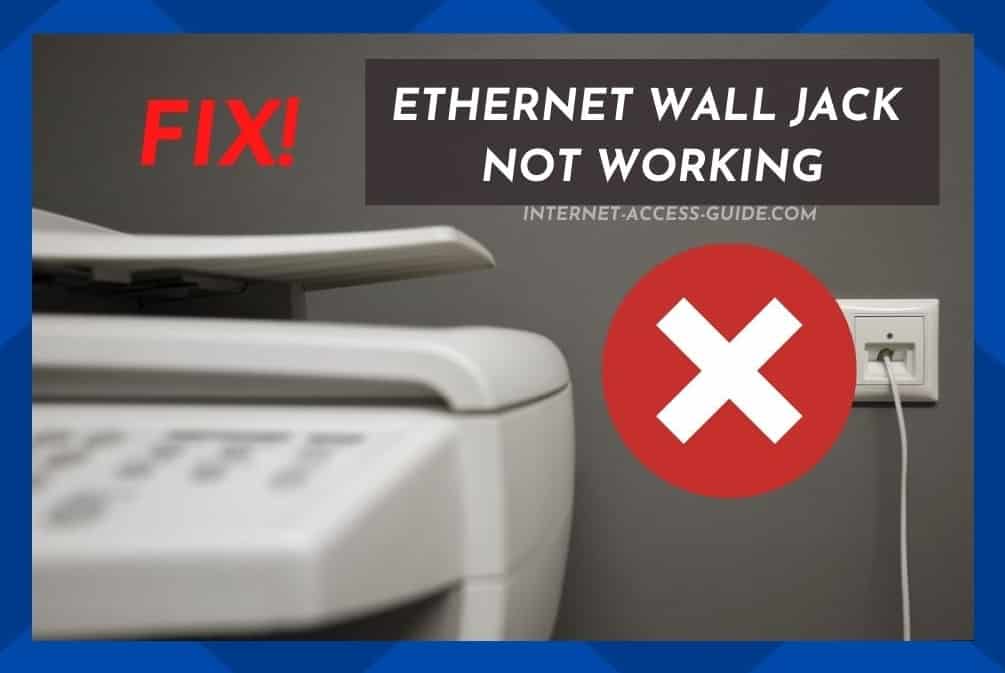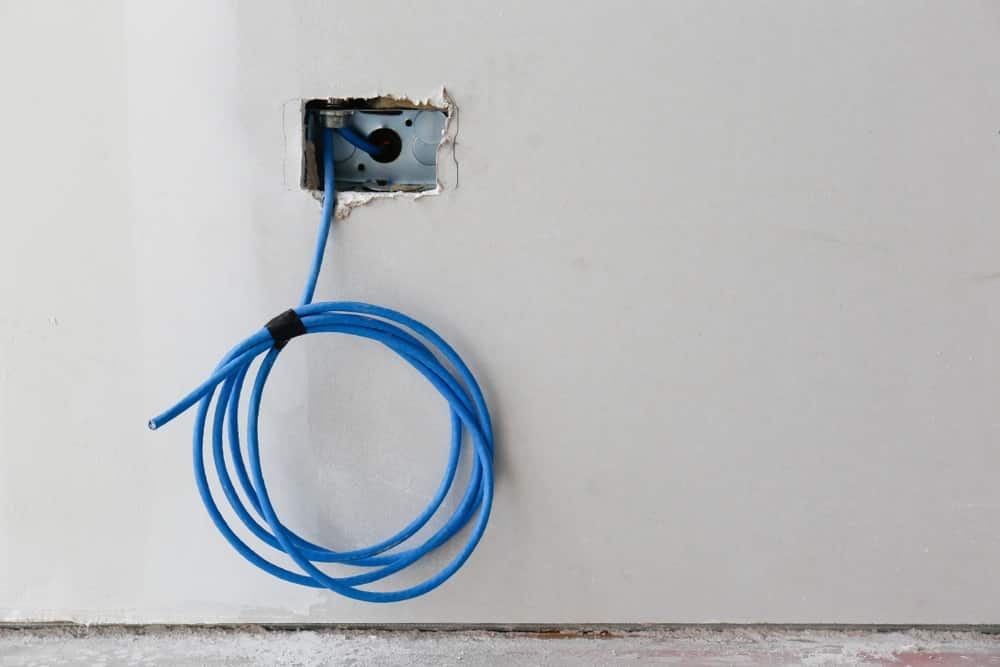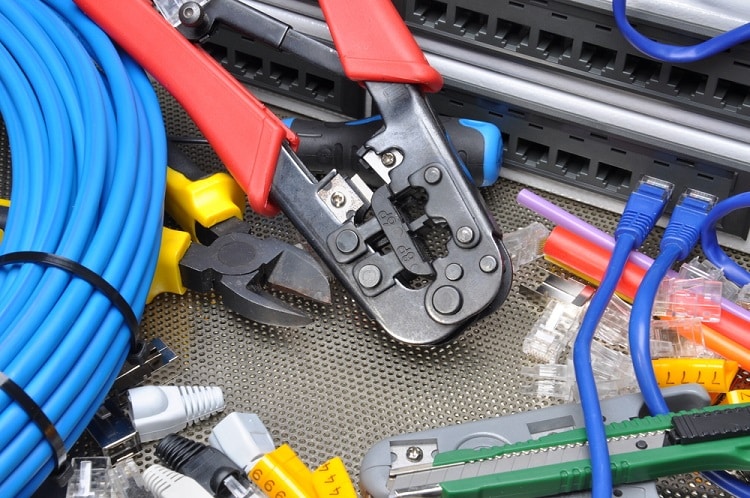
There is no doubt about it. For most of us, technology has made its way into most aspects of our lives, enhancing our experiences and generally simplifying our daily activities—for example, the internet.
Not having a solid internet connection these days can almost feel like losing a limb. We have become so accustomed to and dependent on things like online banking, working from home, cooking along with YouTube videos, and powering our home entertainment experiences. Without these, life can feel a bit different.
In most modern housing developments, our high-speed internet connection is facilitated by means of Ethernet wires running through all of the nooks and crannies of the building.
We never really have to think about it until it stops working, but this is the optimal set-up for the best internet possible. All that you need to do on your end is plug an Ethernet cable into the jack in the wall. Then, hey presto – super quick internet on tap!
But, what happens when this seemingly magical system that we all take for granted stops working? Unfortunately, as far as home fixes for this problem go, it can get pretty messy pretty quickly if you don’t know what you are doing.
After all, most of the wiring infrastructure is hidden away behind your walls and floors. Thankfully, a lot of the time, the problem is with the Ethernet jack itself rather than the wiring.
So, though these fixes won’t do much if the problem lies within your walls, by following these tips, you will be able to diagnose where the problem is much quicker.
For many of you, the first tip is as far as you will need to read through this article. Whatever the case, if your Ethernet wall jack appears to have stopped working, we are here to help you fix it.
Before we start, none of these tips will require you to take anything apart. If you are not that technologically inclined, don’t worry. You will be able to follow these. Right, with that, let’s get into it.
Ethernet Wall Jack Not Working
1) Check the Connectors
Let’s kick off with the thing that is most likely causing the issue and then work our way down. In this fix, we are going to take off the jack from the wall and have a look at the connector.
In most cases, this will be easy enough to do and will only require a single screwdriver. Once the jack is off, we are going to examine the connector for damage and corrosion visually.
The reason for this is that it is relatively common for this part to degrade over the years. Naturally, once it gets to a certain point in its life, it will no longer be able to carry a signal through.
So, check to make sure that there isn’t any really obvious damage.
While you are there, check that the copper on the ends is nice and fresh-looking. This is the part that transfers the current, so it is super important that they are in good shape.
If there are obvious signs of damage, replace the part and try again. The chances are good that this was the cause of the issue. If so, great – you got lucky on the first fix! If not, it’s time to move on to the next one.
2) Check the Cable Connection
Now that you have established that the connectors are fine, it is time to check whether or not the cable to the wall socket itself is in reasonable condition.
After all, we would hate to have you call in a professional to fix damaged wiring when the connection cable may have been the issue all along!
With cables, there are a huge amount of reasons that they can fail. They can expand due to heat, get damaged due to humid conditions within your walls, or even take some damage from a rogue rodent.
Whichever it is, it is important to realize that cables are by no means bulletproof.
So, for now, all you can really do is make sure that the cable is properly connected to the back of the jack.
On occasion, where there is some noticeable damage, it can make quite a bit of sense to cut away a bit of damaged cable.
After this, it is fairly easy to rejoin it to the wall jack again.
However, if you have no experience doing anything like this, it can be a better idea to pass the task on to someone else who knows their way around wiring tasks.
3) Check the Cable
Unfortunately, things get quite a bit trickier when it comes to doing a fix like this at home.
Our first bit of advice for fixing an Ethernet cable that isn’t working is that you should never replace a wire or Ethernet cable with any other form of cable except the one designed for that specific purpose.
Next up, if you have placed them together, you will need to place them apart to make sure that both connectors are working ok.
The hardest part of the whole process is removing the damaged cable from the wall. In fact, if you haven’t done anything like this before, we would recommend saving yourself time and just getting a professional to do it instead.
At this point, we would also like to stress how important it is that you have tried all of the other steps before resorting to this one. It would be a real shame to go through all of this only to discover that the problem was, in fact, the connector the whole time.
After that, we are going to pull out and remove the cable from inside the wall to check it for any obvious signs of wear and tear. It is also advised to check the cable outside of the wall by plugging it into at least one device to make sure that it can carry a signal.
If the cable is either damaged or simply not working for unknown reasons, the news is not good, we’re afraid. The only logical move when this is the case is to replace the whole thing between two points, and only then will the wall jack start working again as normal.
Last up, always make doubly sure that you are not plugging in anything else other than an Ethernet cable into an Ethernet wall jack. Doing so is a surefire way to end the life of the jack prematurely.
In more severe instances, doing so can even cause a short circuit to occur as a result of the wrong current being passed through it.
How to Fix an Ethernet Wall Jack
As we have seen, fixing an issue such as this isn’t the easiest if you don’t have a small bit of know-how to work with. We would recommend never taking on a task that you are not comfortable doing. Always ask for a bit of help when the going gets a bit too tough to handle.


